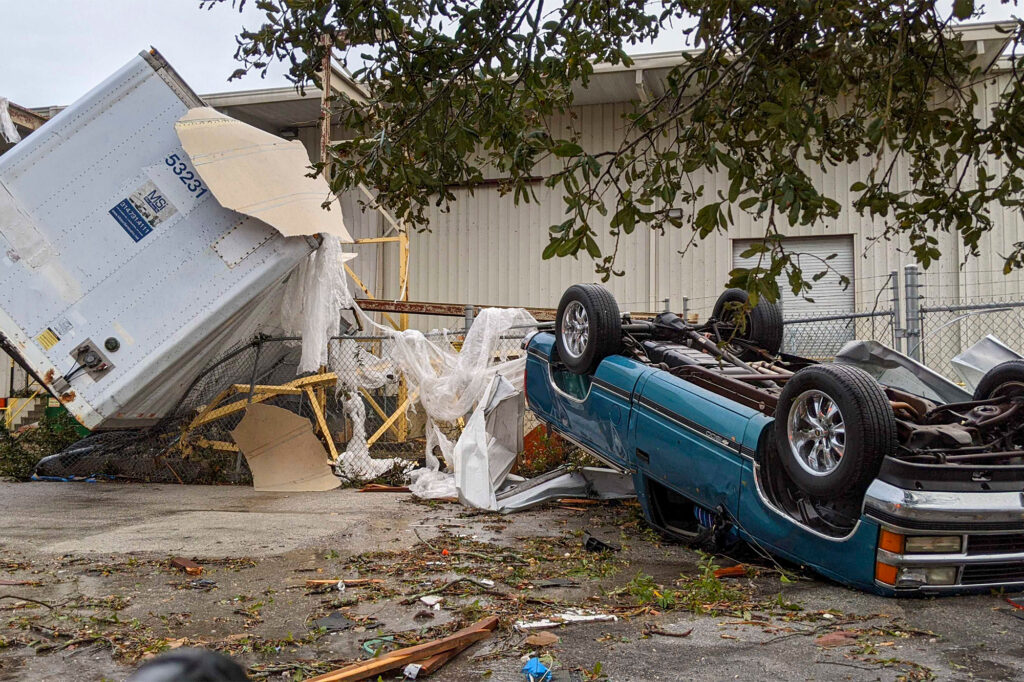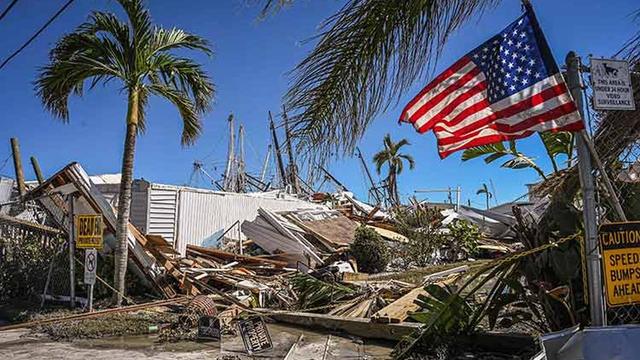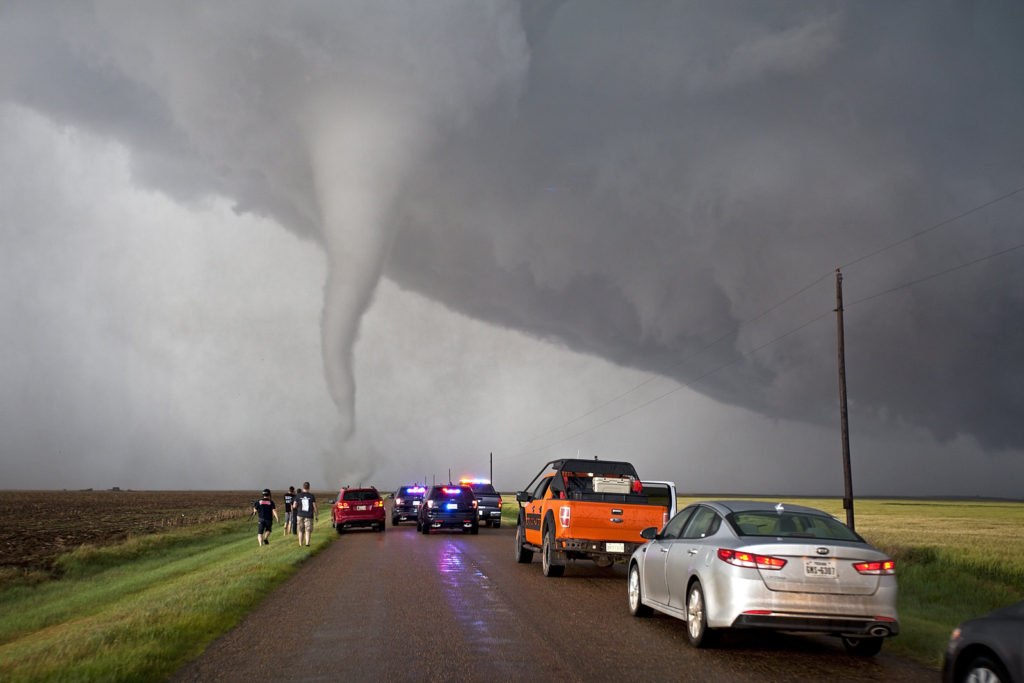Florida is facing an unprecedented catastrophe. Two massive hurricanes — Helen and Milton — hit the state just days apart, leaving destruction, chaos, and dozens dead. As recovery began, an unexpected threat arose: a powerful solar storm disrupted power grids already crippled by the hurricanes. This one-two punch is turning Florida’s recovery efforts into a nightmare.
Hurricanes Helen and Milton: A Double Strike
Hurricane Helen, a Category 4 storm, swept through Florida, leaving entire neighborhoods flooded and buildings destroyed. But it was only the beginning. Just as recovery efforts were underway, Hurricane Milton intensified to a Category 5 monster. With winds reaching 160 mph (260 km/h), it obliterated coastal towns, displacing thousands. The flooding continues as emergency responders struggle to reach affected areas.

Energy Crisis and Solar Storm
Adding to the devastation, a severe solar storm struck, triggered by a coronal mass ejection (CME) from the sun. This geomagnetic storm wreaked havoc on power grids that were already weakened by the hurricanes. The solar storm caused further blackouts, affected GPS systems, and worsened radio communication issues. Experts warn that its impact could extend beyond Florida, with other states potentially facing energy disruptions.
Economic and Social Impact
This combination of natural disasters has pushed Florida’s economy to the brink. Damaged roads, power lines, and fuel shortages are slowing recovery efforts. Economists predict total losses could reach hundreds of billions of dollars. Insurance companies are struggling to cope with the flood of claims, and restoring the infrastructure could take years.

Conclusion
The back-to-back disasters have placed immense strain on residents, rescue teams, and government resources. Florida is facing a long road to recovery, and the events serve as a stark reminder of how fragile our environment is in the face of nature’s fury.






